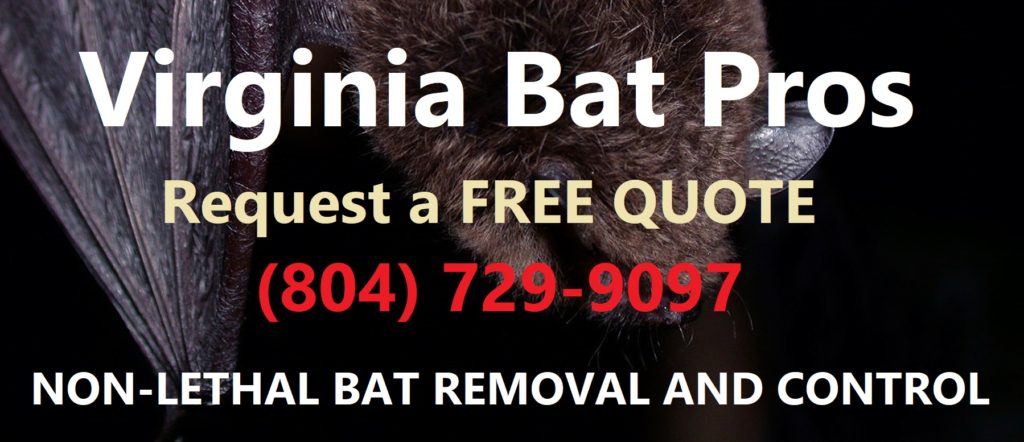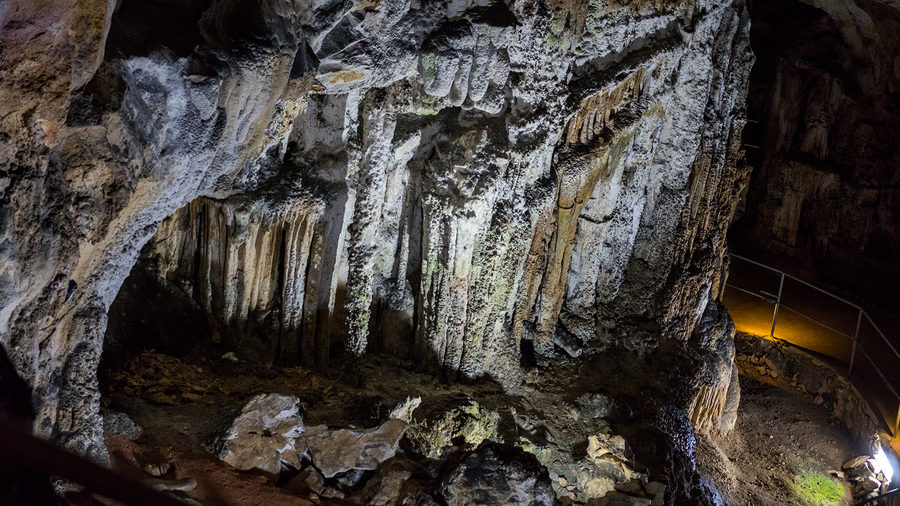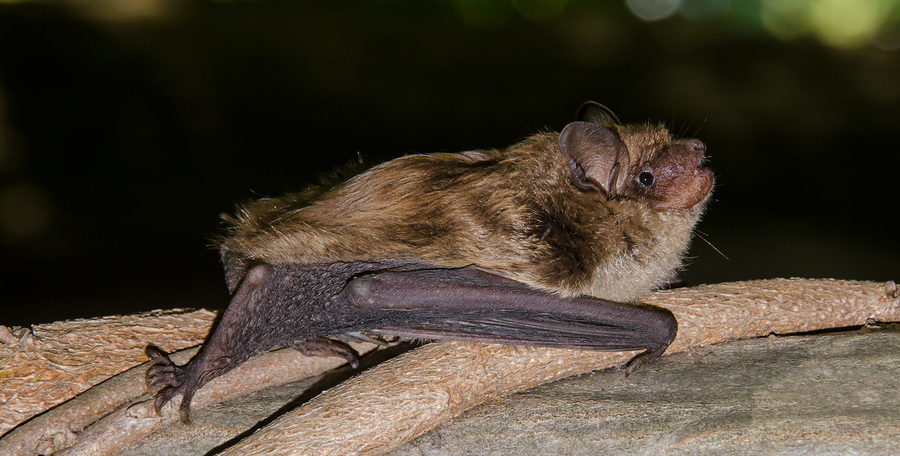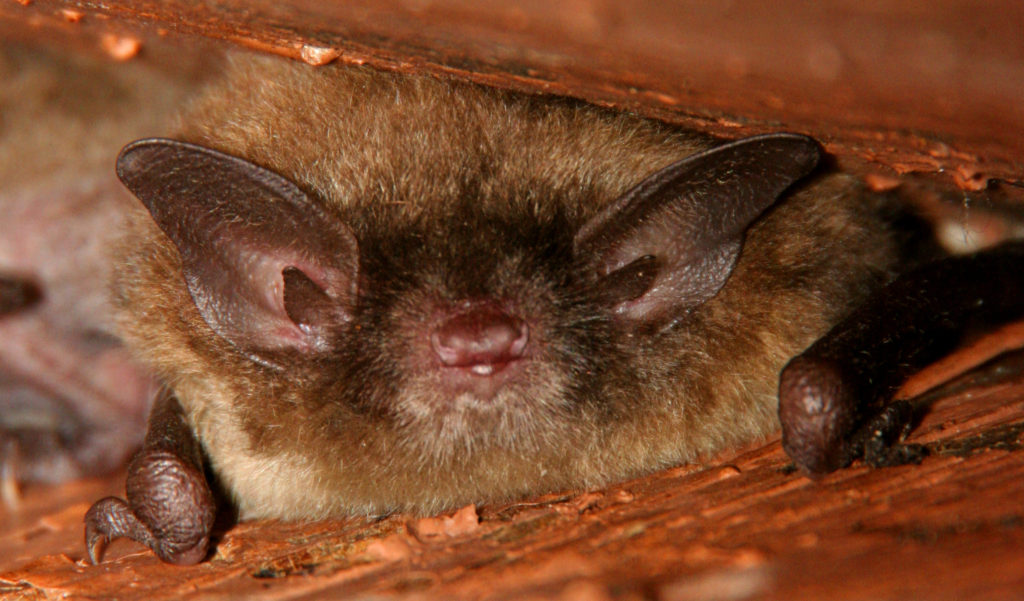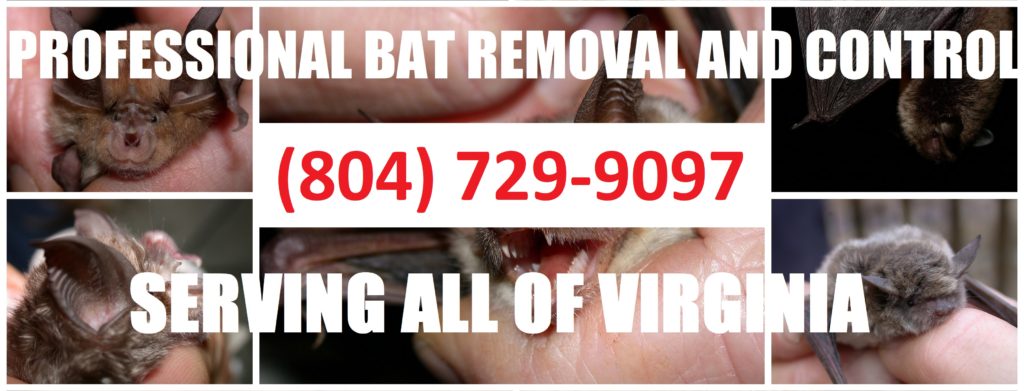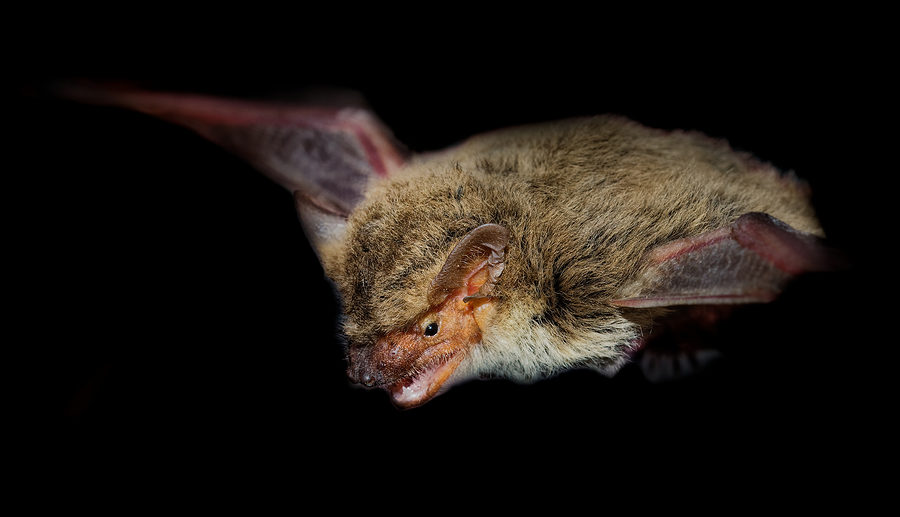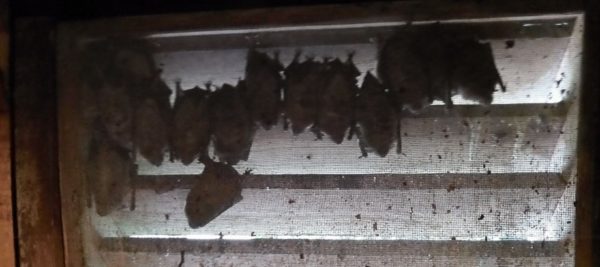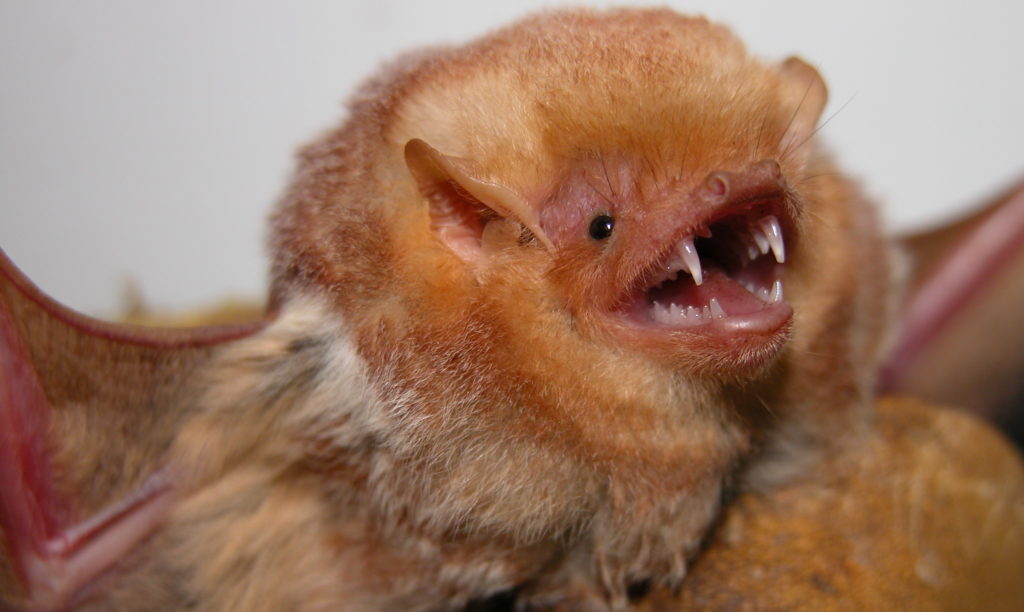Bats are exceptional helpers in the surrounding Eco-systems when it comes to insect control; but when it comes to homes and businesses, they are not something you want to have around. Not only are bats capable of causing tremendous structural damage inside and out, their presence can pose several health risks to both people and pets.
Unfortunately, bat infestations are quite common since they can gain access inside somewhere through a hole as little as 3/8th of an inch wide. So many homes and buildings are susceptible to bat infestations. And once they are inside, the problems really start to get serious. They can get through crumbling mortar, dry rotting wood, attic vents, exterior cracks, and more. For these reasons, it is vital to address a bat infestation problem right away by contacting a local and trusted Virginia Bat Removal and Control Company for non-lethal bat abatement service.
Before you contact a wildlife control specialist, continue reading to review the answers to some of the most common questions people have about bat removal and control. This can help you understand what to expect, and help you make the best decisions regarding your property’s wildlife protection needs.
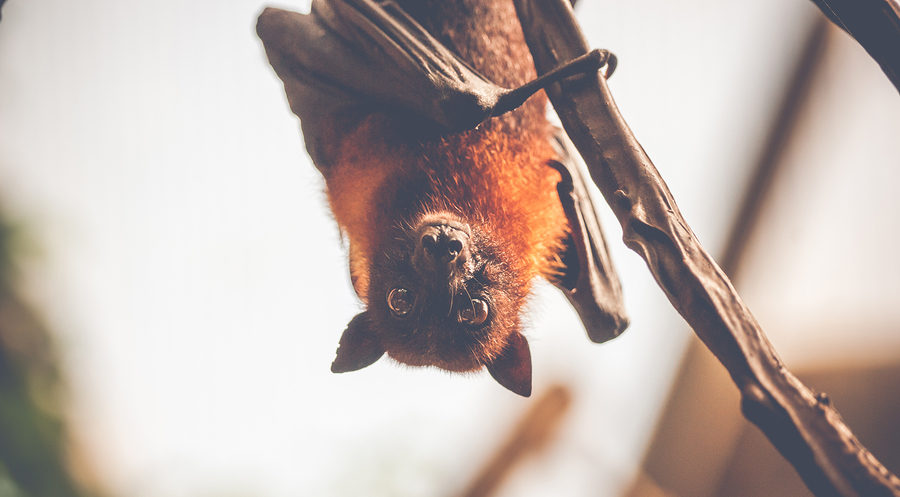
Frequently Asked Questions:
Bats are Blind; Right?
Microchiroptera, or microbats, use echolocation to help hunt their prey and navigate around in the dark; however, they are not blind. In fact, microbats can see quite well (and hear quite well), but they use their echolocation abilities to navigate their course, as well as, dart and dash for prey at a more precise rate. Megabats, or fruit bats, do not have echolocation abilities. They have big eyes and great vision, so they have no need for echolocation.
Will a Bat Attack?
Due to movies and television, many people fear that bats will attack or bite them. The truth is, they CAN if they want to, but most often, they WON’T. Bats are more afraid of us than we are of them, and it is very unlikely for bats to attack a person or other animal. However, there are exceptions. Bats that are ill, injured, mothering, and/or aggravated, may defend themselves upon provocation by biting or scratching. If you have a bat in the house, simply leave it alone to avoid any trouble. If you give it space and let the professionals take it from there, you should not be at risk of a bat bite or attack.
Can I Catch a Bat and Kill It?
Most states forbid anyone from harming, trapping, or killing bats without the proper permits. Bats are a vital part of our Eco-system; they should never be exterminated unless they are infected with a fatal or infectious disease, or injured beyond the point of rehabilitation. Only licensed wildlife rescue organizations have the resources and permissions to put a sick or injured bat down. Never attempt to touch, trap, harm, or kill bats. Not only is it likely illegal in our state, it is highly unethical and inhumane. See our blog, “State Laws Surrounding Wild Bats” to learn more.
What Do I Do if I Find a Bat in the House?
If you discover a lone bat in your house, your first step should be to isolate it from the rest of the family and your pets. This means closing off the room it is in, but leaving open a window for an exit point. For example, if you find a bat in your bathroom, shut the bathroom door so that it cannot move to other areas of the home, but leave the bathroom window open so the bat can let itself out. Wait 12 hours for the bat to leave. If it is still there, contact a licensed bat removal and control company. If you discover a bat colony living in your home, or suspect that you might have bats in the attic, contact a licensed bat removal and control company for professional inspection and service.
Where Can I Find Trust Bat Removal Service in Virginia?
Contact Virginia Bat Pros at 804-729-9097 for safe and humane bat removal and control at the right price. Regardless of the size or scope of your bat abatement and cleanup needs, we have the experience and resources necessary to remedy your bat problem in no time at all. Our professionals are focused on safe and effective results, but more importantly, our client’s complete satisfaction. Contact us anytime for free estimates, advice, and assistance.
